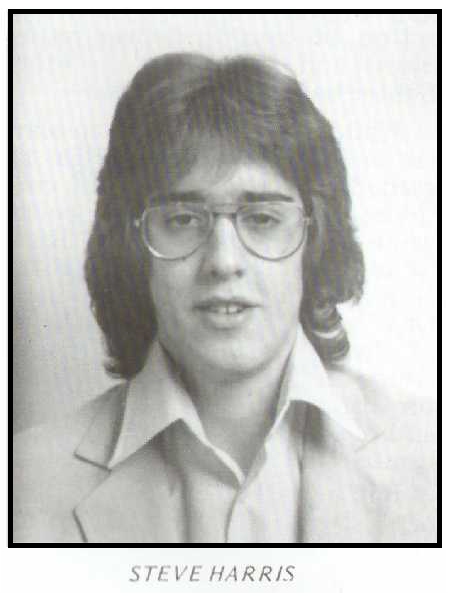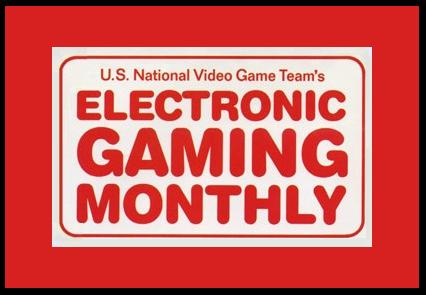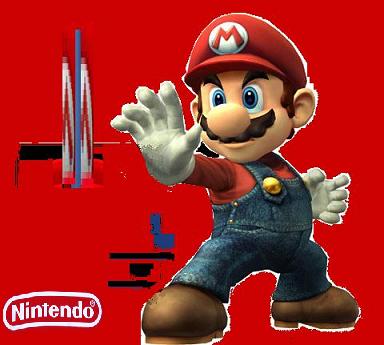Posted: May 30, 2006
Steve Harris - Electronic Gaming Monthly Magazine (EGM) FOUNDER
Steve Harris - Electronic Gaming Monthly Magazine (EGM) FOUNDER


 As a video game bimonthly magazine from May 1989 to 1990 and then became A monthly
magazine and has been bought out by a Ziff Davis Media in 1996 and many more color
photos were added to keep up with the glossy look of magazines today.
As a video game bimonthly magazine from May 1989 to 1990 and then became A monthly
magazine and has been bought out by a Ziff Davis Media in 1996 and many more color
photos were added to keep up with the glossy look of magazines today.

 Thank you!
Paul Dean, spy hunter champion
Thank you!
Paul Dean, spy hunter champion